The Covenant of Love – a gift in difficult times
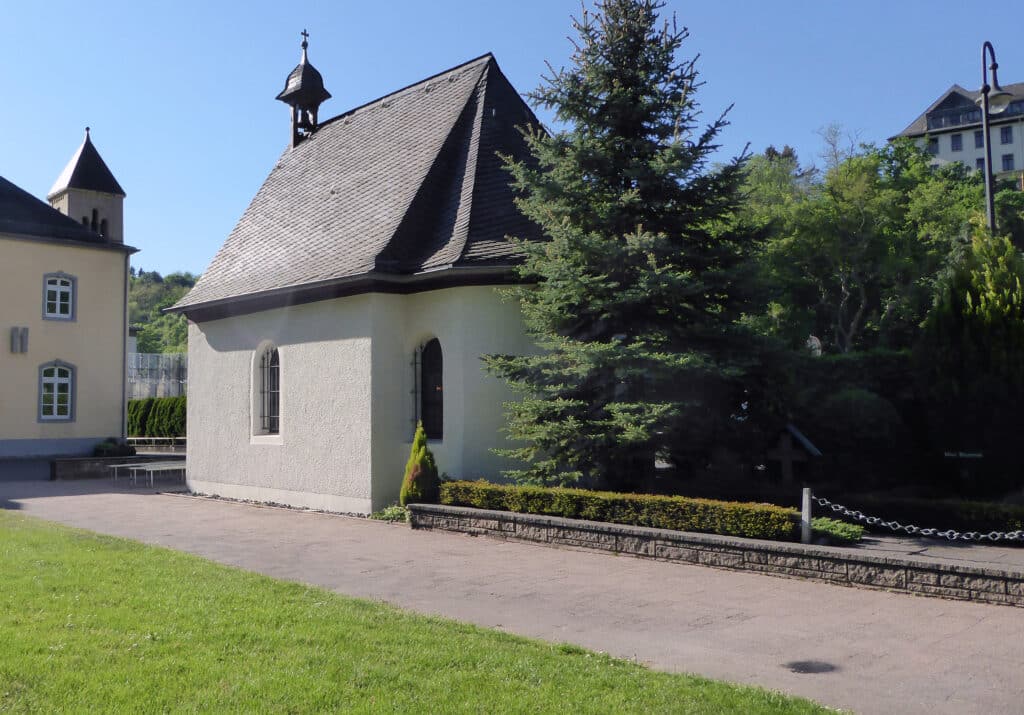
God wants our collaboration
MTA Festival: Sending forth of the Schoenstatt Family to WYD
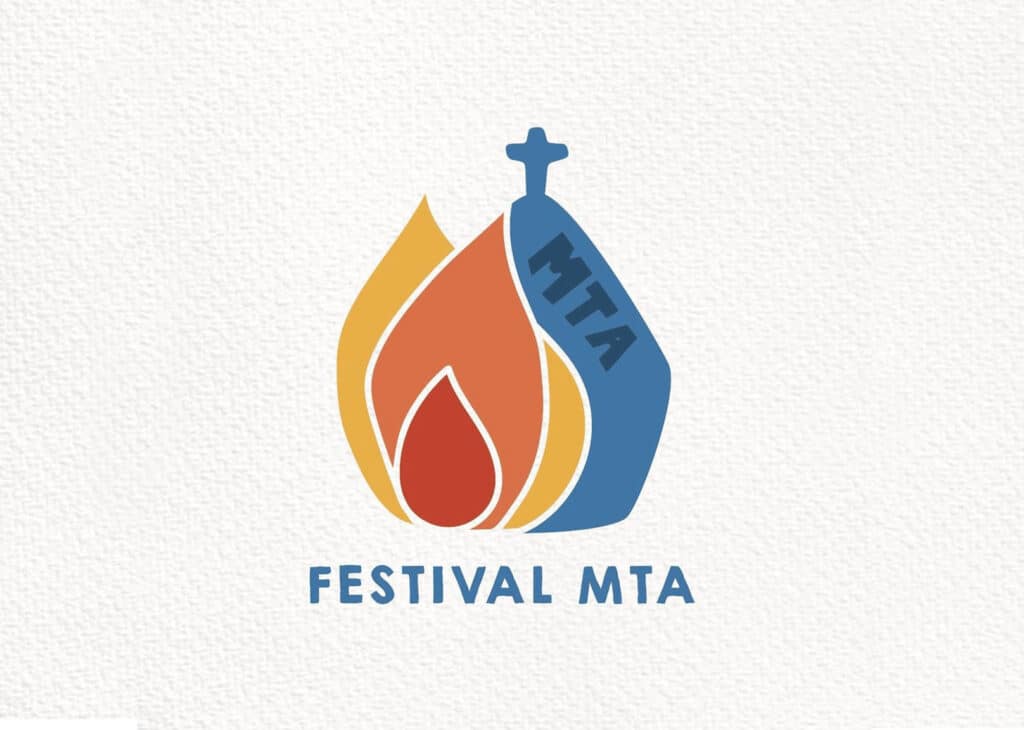
The sending forth of the youth and the entire Schoenstatt Family to WYD will take place on July 31st, in Lisbon, during the MTA Festival, with a Mass presided by Father Alexandre Awi Mello.
A new glimmer of light in Villa Devoto
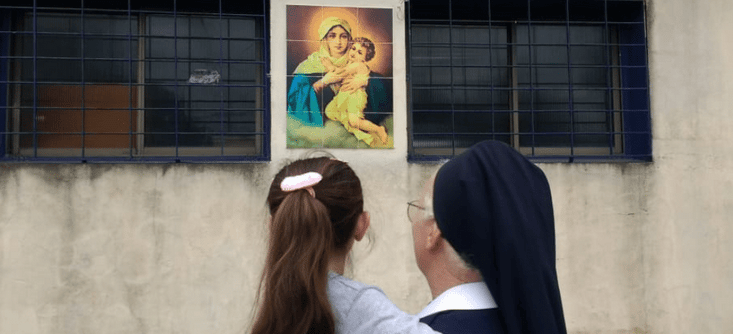
For several years now, the San Rafael Parish of Villa Devoto has been celebrating Mass in a street corner of the neighborhood for the Novena of its Patron Saint. Nothing spectacular: a crossing of streets, a small house with an open door, a neighbor who provides a small table and a tablecloth, another one who places some stools… But isn’t it often the smallest thing, the most insignificant, the source of the greatest thing?
Belmonte desire to offer a crown to the Blessed Mother
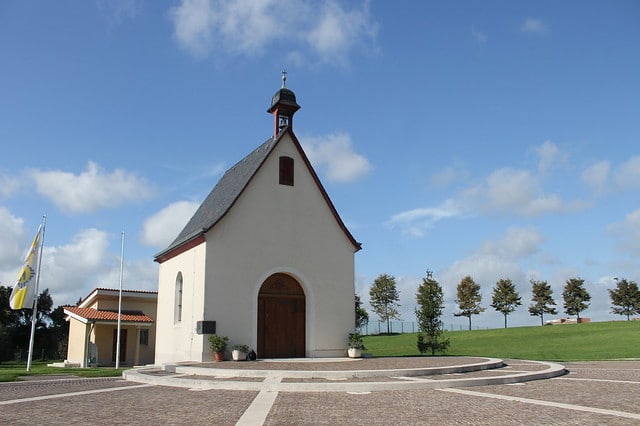
Faced with the challenges of the present situation of the Church and the world, the Italian Family has expressed the desire to offer a crown to the Blessed Mother.
Schoenstatt in Ecuador celebrates the Golden Jubilee of its first Shrine
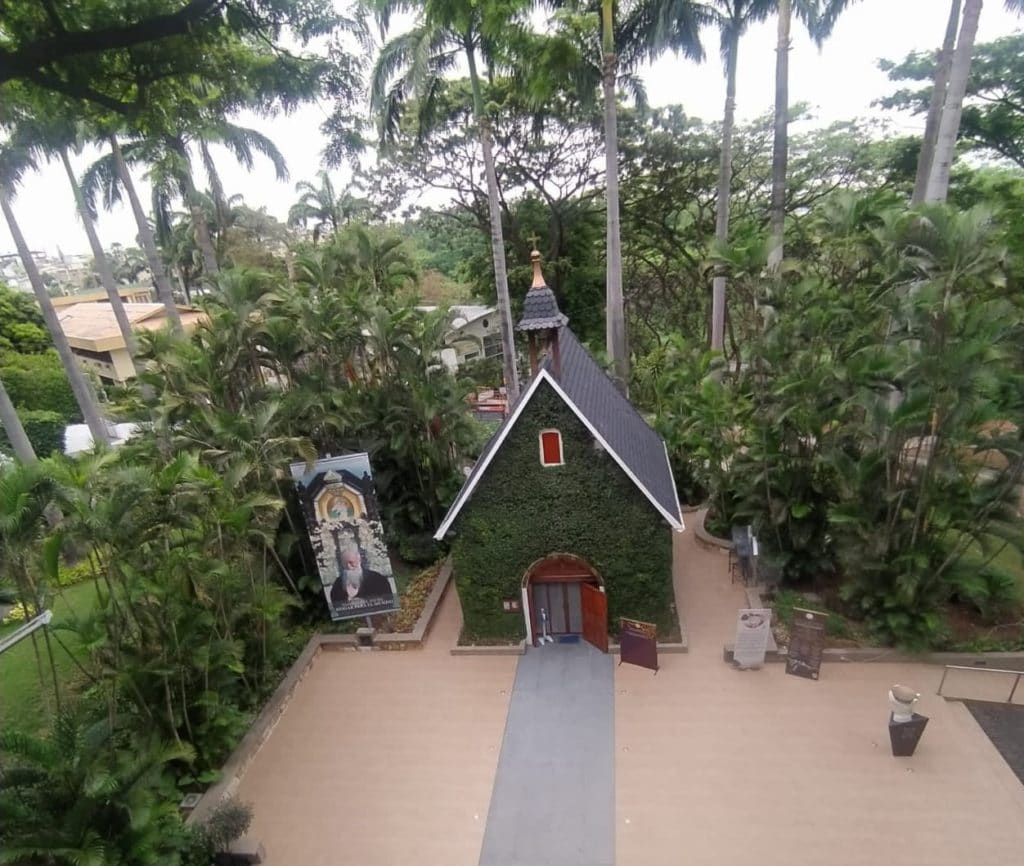
Ecuador is preparing for the 50th anniversary celebrations of its National Schoenstatt Shrine in Guayaquil, after a year of spiritual preparation and meticulous planning. The Apostolic Nuncio will celebrate the Jubilee Mass, with the presence of the Ecuadorian Episcopal Conference Bishops.
Docile instruments in the hands of Mary

“Take our heart and our will: they belong to you completely”
Brazil’s Apostolic League of Women turns 50.
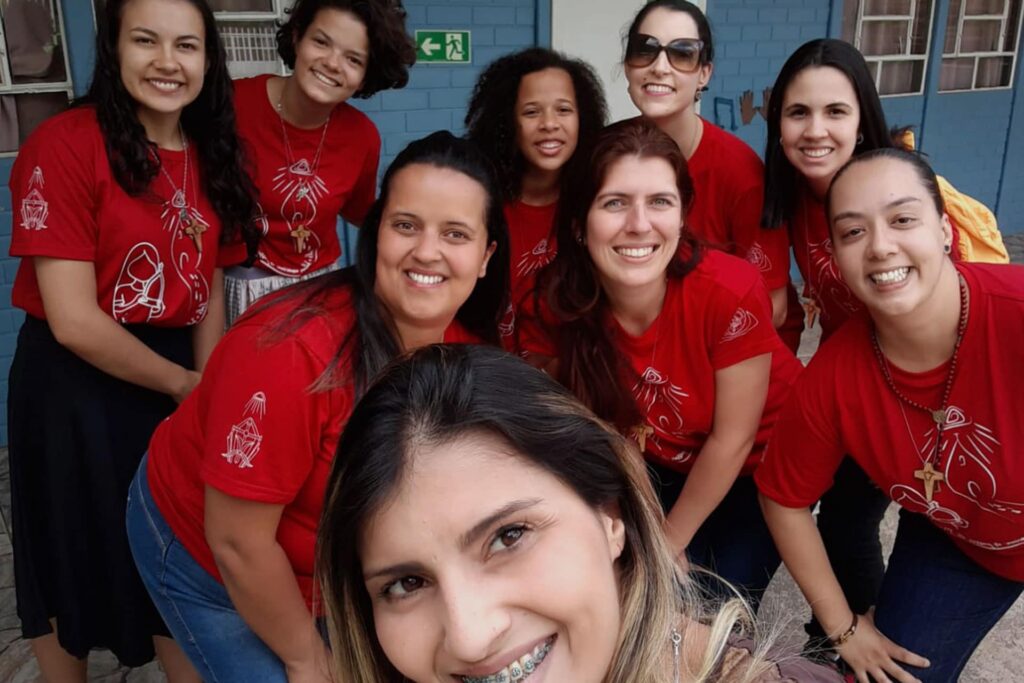
Celebrations will take place in Brazil from North to South.
August 15th, 2021
Capital of Grace and serious aspiration for holiness

What do we offer to the Blessed Mother so that her graces may bear fruit from the Shrine?
Croatia – becoming a heart in the Father
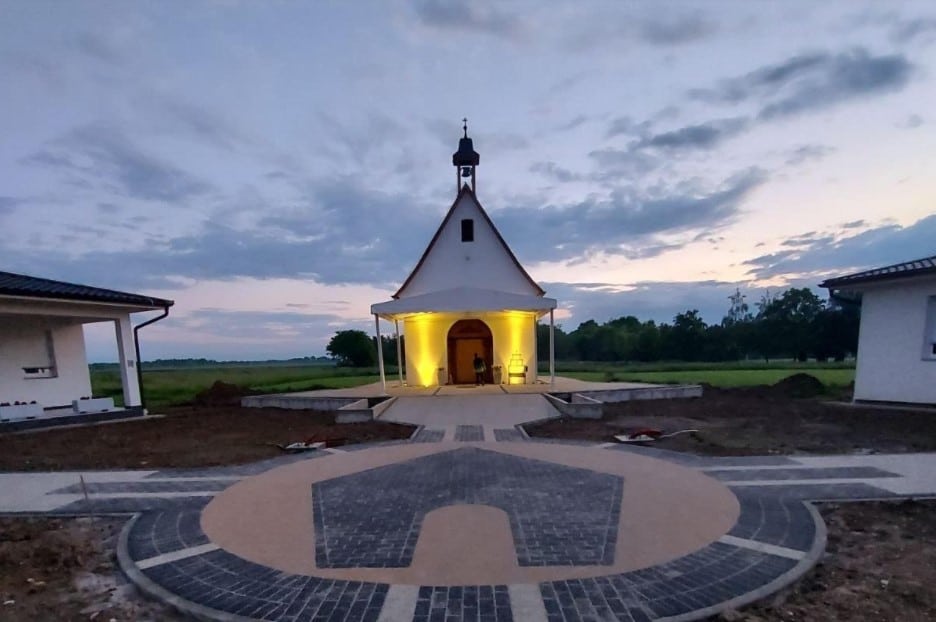
At the shrine in Ivanovici, which was inaugurated in 2018, it was possible to build connecting paths to the shrine last month
